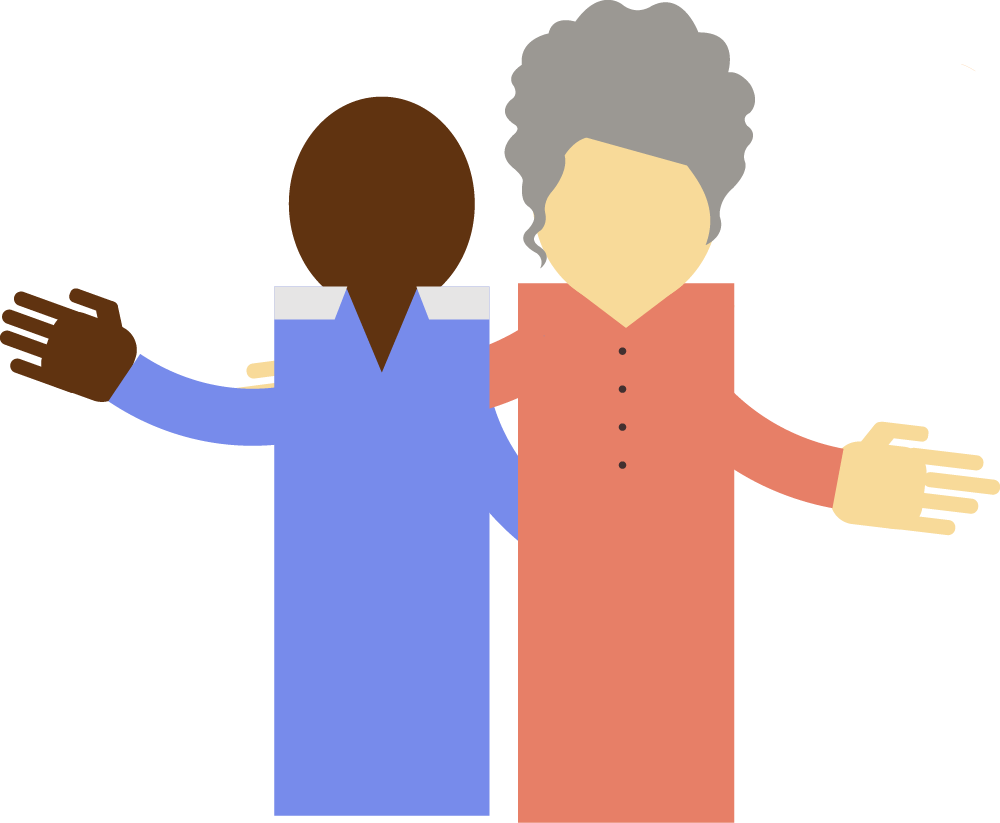Thursday 02 Sep 2021 Article
The TakeawayUsing the Most Effective Form of Communication
Mastering Effective Communication
Part 3 of 3
#EffectiveCommunication #Communication Matrix #ResourcePack #PersonalDevelopment
The perfectly matched resource for this article...
Download Resource Pack!
Download our post-webinar bonus resource pack which includes more information about different communication methods, an example of a completed Communication Matrix, articles about communication, information about a recommended funded training programme and recommended private training courses, and reading recommendations.
Download resource pack!Playing catchup?
Using the Most Effective Form of Communication
On Thursday 26th August 2021, we held our ‘Using the Most Effective Form of Communication’ webinar.
In today’s article, we will be exploring the learnings from the webinar, including the true meaning of communication, the barriers to effective communication, and how to choose the best communication method.
What Does Communication Really Mean?
Communication can be difficult to describe as different people often have their own different definitions. However, the overall purpose of communication is to elicit a response - this response could be verbal, an action, or simply understanding of what is being said.
The Communication Model, created by Shannon and Weaver in 1948, breaks communication down into 6 simple steps:
- Source
What we want to communicate - Encode
Putting what we want to communicate into words - Channel
Choosing which method of communication to use - Transmit
The message is communicated to the receiver(s) - Receive and Decode
The receiver(s) interprets the message - Response
This then elicits a response
Being able to communicate effectively is crucial because we need to get across what we actually mean in order to get the response or information that we actually need.
{{ADVERT}}
What Are the Barriers to Effective Communication?
Barriers to effective communication can be split into three main categories:
1. Physical
There are many physical factors that can negatively affect communication, including accents, jargon, and acronyms, all of which can make it harder to understand what is being said, which is the basis of any communication. Time differences, phone signal, and wifi can make it more difficult to get in touch with people - if you can’t even get in touch with them, you certainly can’t communicate effectively with them!
2. Sender
The sender (person speaking) may sometimes assume that the receiver already knows a crucial piece of information, however, this isn’t always the case, so it’s best to always double-check to prevent your message from being misinterpreted or not understood at all. In addition, if the sender is speaking at a too high level, the receiver will likely just get confused about what is being said and stop paying attention. Alternatively, speaking at too low a level can also make the message harder to understand as important details may be left out.
3. Receiver
If the receiver isn’t practising active listening, they may hear what is being said, but may not understand the meaning behind it. Furthermore, the receiver’s bias (conscious or unconscious) and feelings towards what is being said to them can also impact how they perceive the message. Another common pitfall that receivers make is joining a conversation midway through and not catching up on what has already been said - this means that they don’t get the full message and can miss out on crucial information and context, making communication much less effective.

Choosing the Best Communication Method
As Mehrabian’s Communication Model suggests, it’s not necessarily what we say that matters, it’s how we say it. With this, there are many different forms of communication to choose from which informs how we say things, including:
- Phone
- Video Call
- Text
- Meetings
- Presentations
- Instant Messaging
- Face-to-face
Being able to choose the best communication method based on the situation is the foundation of effective communication. One of the easiest ways to choose the best method is by using a Communication Matrix which helps you identify the most effective form based on different criterias/circumstances.
Below, you can download our post-webinar bonus resource pack which includes:
- More information about different communication methods
- An example of a completed Communication Matrix
- Articles about communication
- Information about a recommended funded training programme and recommended private training courses
- Reading recommendations
---
Next on The Daily Dot, we will be looking at why the traditional career path is outdated, and why apprenticeships are the way forward.
Until next time...
Download Resource Pack!
Download our post-webinar bonus resource pack which includes more information about different communication methods, an example of a completed Communication Matrix, articles about communication, information about a recommended funded training programme and recommended private training courses, and reading recommendations.
Download resource pack!Missed an article?
More from Mastering Effective Communication
